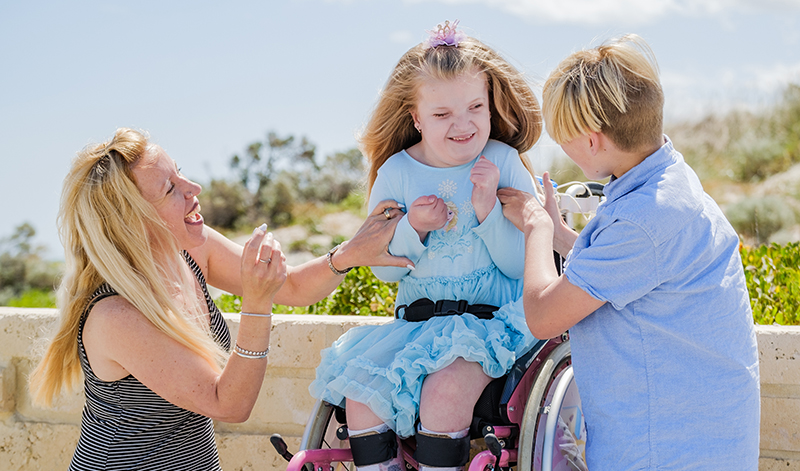Search
Research
Tumour draining lymph node-generated CD8 T cells play a role in controlling lung metastases after a primary tumour is removed but not when adjuvant immunotherapy is usedSurgical resection of cancer remains the frontline therapy for millions of patients annually, but post-operative recurrence is common, with a relapse rate of around 45% for non-small cell lung cancer. The tumour draining lymph nodes (dLN) are resected at the time of surgery for staging purposes, and this cannot be a null event for patient survival and future response to immune checkpoint blockade treatment. This project investigates cancer surgery, lymphadenectomy, onset of metastatic disease, and response to immunotherapy in a novel model that closely reflects the clinical setting. In a murine metastatic lung cancer model, primary subcutaneous tumours were resected with associated dLNs remaining intact, completely resected or partially resected.
Research
Adiposity associated DNA methylation signatures in adolescents are related to leptin and perinatal factorsEpigenetics links perinatal influences with later obesity. We identifed differentially methylated CpG (dmCpG) loci measured at 17 years associated with concurrent adiposity measures and examined whether these were associated with hsCRP, adipokines, and early life environmental factors. Genome-wide DNA methylation from 1192 Raine Study participants at 17 years, identified 29 dmCpGs associated with body mass index, 10 with waist circumference and 9 with subcutaneous fat thickness.
Research
Personalised analytics for rare disease diagnosticsHere we focus on the problem of prioritising variants with respect to the observed disease phenotype
Research
A phenotype centric benchmark of variant prioritisation toolsWe hypothesised that the performance of variant prioriisation tools may vary by disease phenotype.
Research
Promoter-level expression clustering identifies time development of transcriptional regulatory cascades initiated by ERBB receptors in breast cancer cellsThe analysis of CAGE (Cap Analysis of Gene Expression) time-courses has been applied to examine the dynamics of enhancer and promoter by sequentially...
Research
CAGE-defined promoter regions of the genes implicated in Rett SyndromeA comprehensive picture of the regulatory regions of the three genes involved in Rett Syndrome

People
Timo LassmannFeilman Fellow; Head, Precision Health Research and Head, Computational Biology
Research
Electrostatic Filters to Reduce COVID-19 Spread in Bubble CPAP: An in vitro Study of Safety and EfficacyBubble CPAP may be used in infants with suspected or confirmed COVID-19. Electrostatic filters may reduce cross infection. This study aims to determine if including a filter in the bubble CPAP circuit impacts stability of pressure delivery. A new electrostatic filter was placed before (pre) or after (post) the bubble CPAP generator, or with no filter (control) in an in vitro study. Pressure was recorded at the nasal interface for 18 h (6 L/min; 7 cm H2O) on 3 occasions for each configuration. Filter failure was defined as pressure >9 cm H2O for 60 continuous minutes. The filter was weighed before and after each experiment.
Research
Conserved temporal ordering of promoter activation implicates common mechanisms governing the immediate early response across cell types and stimuliWe obtain a set of 57 candidate immediate early genes possessing promoters that consistently drive a rapid but transient increase in expression over time

News & Events
What’s in a name?In WA, 60,000 kids live with a rare disease, and of those about half do not have a diagnosis. At The Kids, researchers are leading the charge in developing a method to identify genetic variations, so that kids like Charlotte can get answers.
